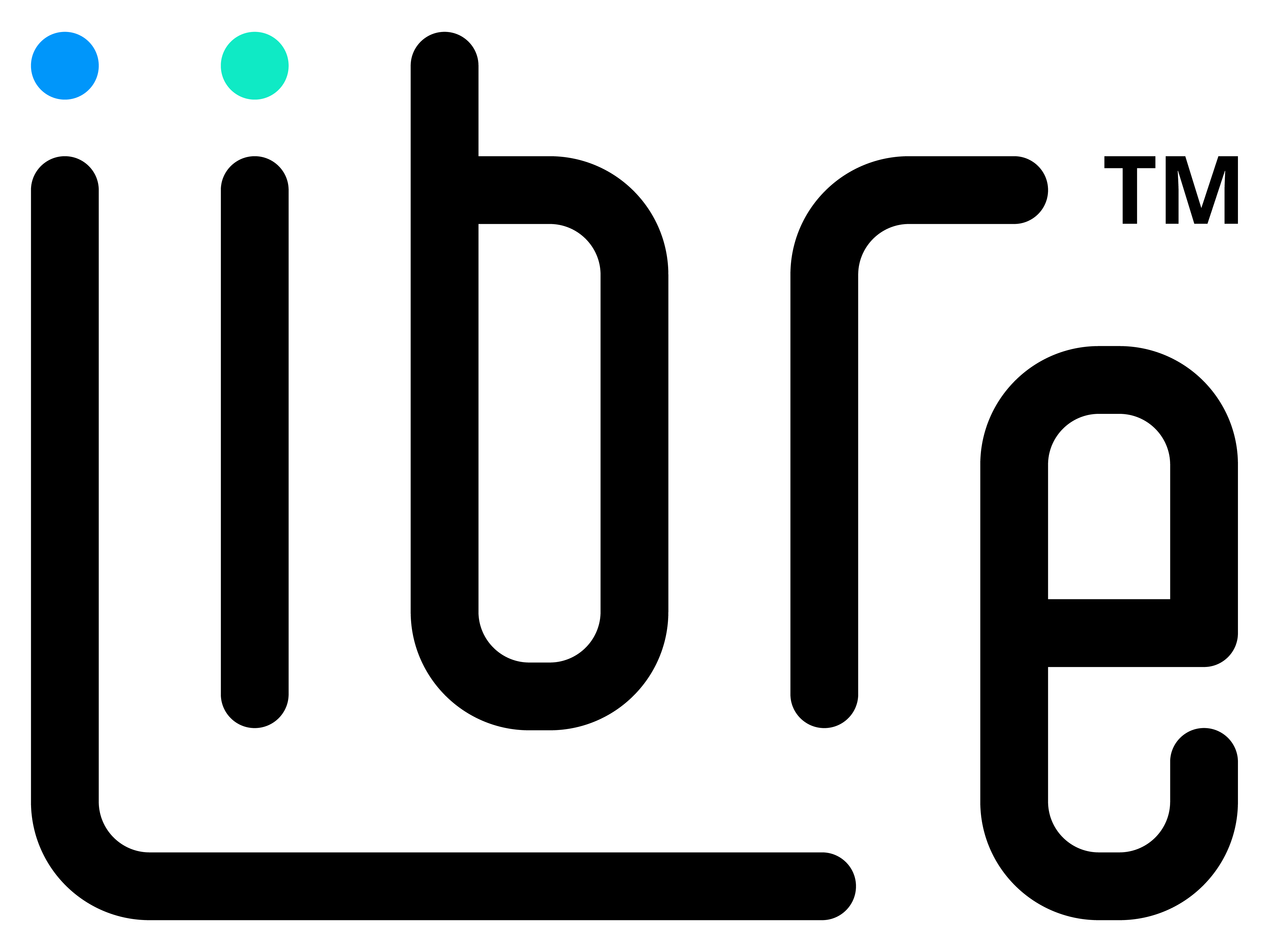Before we dive into what is an ontology and how does it relate to ISA-95, let’s look at where we’re at. Silos of data have plagued MES and Continuous Improvement for as long as MES platforms have existed. ERP, Time Series, MRP, Warehousing, Quality, Downtime Tracking, Recipe Management and Execution, just to name a few. IT departments deploy droves of DBAs and programmers to write mountains of code to ensure that the data going in complies with the business rules, but when each silo is a potential point of failure in this process and there are dozens of schema controlling the data definitions, do you ever really know if the governance strategy is working?
What is an Ontology?
What is necessary for using MES as the basis of proper continuous improvement and data science in manufacturing is a single ontology for the data. There’s that word that popped up at the end of Part 1. So, what is an ontology?
An ontology is a formal specification of the conceptual knowledge in a domain. An ontology plays the most vital role in information exchange and in capturing the background knowledge of a domain that could be used for deductions, inquiry and answers.
Kind of like ISA-95, right? The conceptual knowledge within a domain being everything that the brightest minds in the realm codified as best practices for all of manufacturing. One major problem though – there is no product available on the market today that contains all of S-95 in a single ontology. Until now.
How Does it Relate to ISA-95?
Libre uses the Manufacturing Knowledge Graph (MKG), built in a Graph Database to represent every single entity defined in the standard along with its relationships. That is a single ontology for manufacturing. So why does it matter?
First and foremost, it solves the most pressing problem faced by existing MES users – data governance and quality. One ontology means one schema which means one “version of the truth.” When MES data is spread out across many silos and then aggregated for making decisions or informing actions, two things happen: 1. the cost of ensuring data quality goes up dramatically, and 2. the risk of using bad data increases with each disparate data set that is used.
With every piece of MES data contained in one data source, under one ontology, every write to the system is enforced by the same schema. One set of business rules that govern the schema that enforces data quality. This, alone, makes Libre worth the price of admission.
Skeptics may argue that the process time series data is not housed in the same graph and so we’re not really using one schema for MES, but we are. Time series data in Libre is housed in Influx DB but the ingress of that data and the way in which it is collected is enforced by the standard ontology and available through the same query mechanism as the MES master and instance data. We’ll cover that, in depth, in Part 3 when we look at how Libre was built for Manufacturing Data Science.

